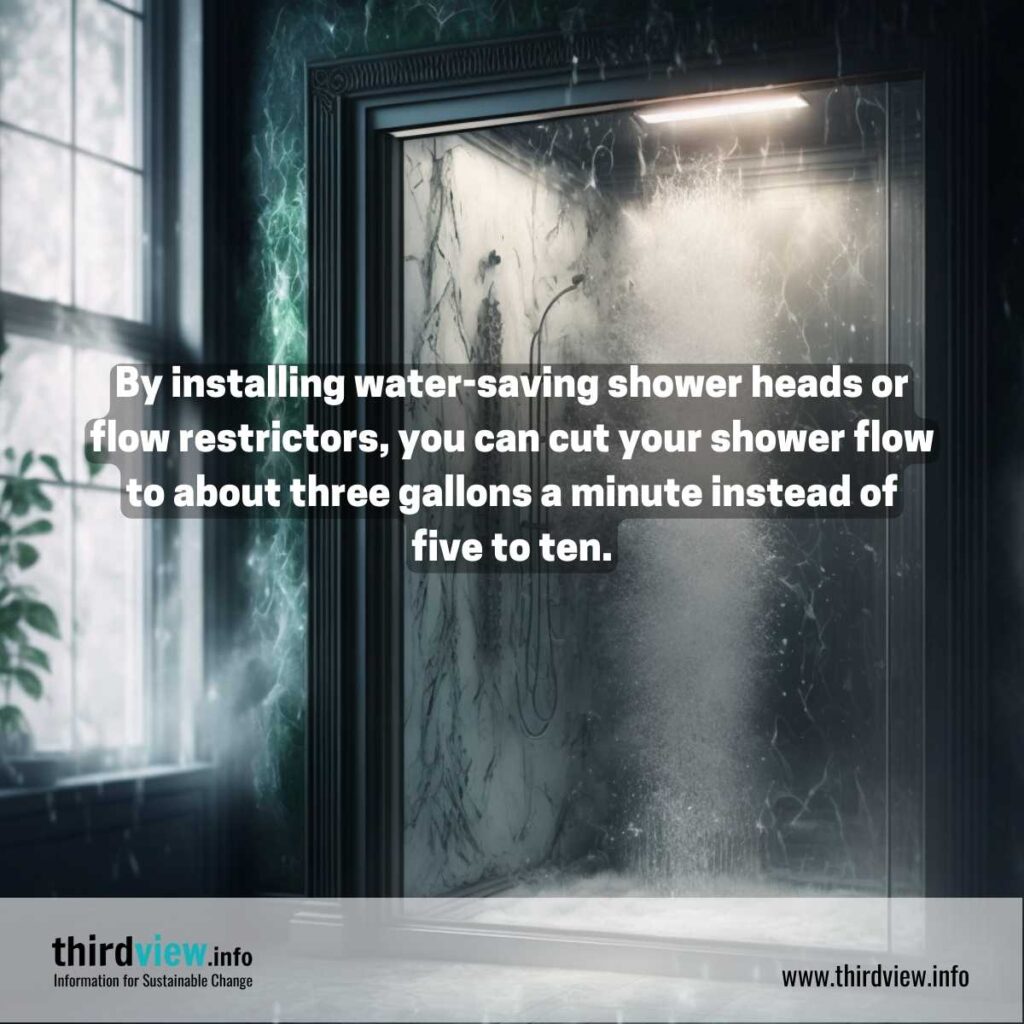Getting The Reclaim Waste To Work
Getting The Reclaim Waste To Work
Blog Article
Our Reclaim Waste Diaries
Table of ContentsReclaim Waste Things To Know Before You BuyThe Definitive Guide to Reclaim WasteSome Known Details About Reclaim Waste The Buzz on Reclaim WasteThe Only Guide to Reclaim Waste
Domestic sewer waste refers to the waste and products from a property septic container. The proper administration and disposal of domestic sewage waste call for fluid waste to be transferred to a sewer therapy plant where the correct techniques and equipment are applied to purify and dispose of waste.
Business waste often includes possible dangers, such as flammable products or a combination of liquid and strong waste items, and requires an extra sophisticated and in-depth disposal procedure. The disposal of business waste normally includes the filtering of waste before transportation to guarantee secure and correct disposal. Hazardous waste is produced from byproducts and overflow of commercial processes and manufacturing.
This type of waste can not use the same sewage administration transport or processes as septic or business fluids. The commercial waste administration process calls for the inspection and testing of fluid waste before it goes through the disposal procedure (liquid waste disposal melbourne). Drainage waste is the liquid waste that comes from drainage and excess stormwater in extremely populated areas or cities
Overflow waste can cause contamination and flooding otherwise dealt with correctly. Learn extra about sewer cleansing and waste administration. Making sure correct waste monitoring can protect against calamities and decrease ecological damage. Both individuals in property settings and experts in industrial or manufacturing industries can gain from understanding the procedures and guidelines of fluid waste management.
6 Easy Facts About Reclaim Waste Explained
Call PROS Providers today to learn concerning our waste administration and disposal solutions and the correct means to take care of the fluid waste you create.
(https://gravatar.com/maximum5d830db060)This supposed 'wastewater' is not just an important resource but, after therapy, will be launched to our land, waterways or the sea. Used water from toilets, showers, baths, cooking area sinks, laundries and industrial processes is recognized as wastewater.

water utilized to cool down machinery or tidy plant and devices). Stormwater, a form of wastewater, is overflow that moves from agricultural and city areas such as roofing systems, parks, yards, roads, paths and seamless gutters into stormwater drains, after rain. Stormwater streams neglected directly to neighborhood creeks or rivers, eventually getting to the ocean.
Rumored Buzz on Reclaim Waste
In Queensland, many wastewater is treated at sewage Source treatment plants. Wastewater is transferred from domestic or industrial sites with a system of sewage systems and pump stations, recognized as sewage reticulation, to a sewage treatment plant.
The Department of Natural Resources encourages regional governments regarding handling, operating and keeping sewerage systems and treatment plants. In unsewered locations, neighborhood governments may call for householders to install private or household sewer therapy systems to deal with domestic wastewater from commodes, cooking areas, restrooms and laundries. The Department of Natural Resources authorizes using house systems when they are shown to be reliable.
The majority of stormwater receives no therapy. In some brand-new communities, treatment of some stormwater to get rid of trash, sand and gravel has actually started utilizing gross toxin traps. Wastewater therapy occurs in 4 stages: Eliminates solid matter. Larger solids, such as plastics and other items wrongly released to drains, are gotten rid of when wastewater is passed through screens.
Wastewater then moves right into huge storage tanks where solids settle and are eliminated as sludge. Grease and residue are skimmed from the surface. Uses little living organisms knows as micro-organisms to damage down and remove continuing to be liquified wastes and fine fragments. Micro-organisms and wastes are integrated in the sludge. Removes nitrogen and phosphorus nutrients that might cause algal blooms in our rivers and intimidate marine life.
The 2-Minute Rule for Reclaim Waste
Nutrient removal is not available at all sewer treatment plants since it requires costly specialised devices. Clear fluid effluent created after treatment might still include disease-causing micro-organisms - liquid waste disposal.

This usually implies wastewater needs to be treated or pollutants gotten rid of before it can be discharged to rivers. Most wastewater streams into the sewage system. Under the Act, local federal governments carry out approvals and permits for ecologically appropriate activities (Periods) including wastewater releases that might have a neighborhood influence. The department carries out authorizations and licences to Periods involving wastewater launches that may have a local or statewide effect.
The Only Guide to Reclaim Waste
Otherwise, examples are considered lab evaluation. Usually numerous examinations are needed to establish the levels of each of the different pollutants such as oils, heavy steels and pesticides in water. Surveillance offers accurate details regarding water quality and can confirm that permit conditions are being fulfilled. The details acquired via tracking gives the basis for making water top quality choices.
Report this page